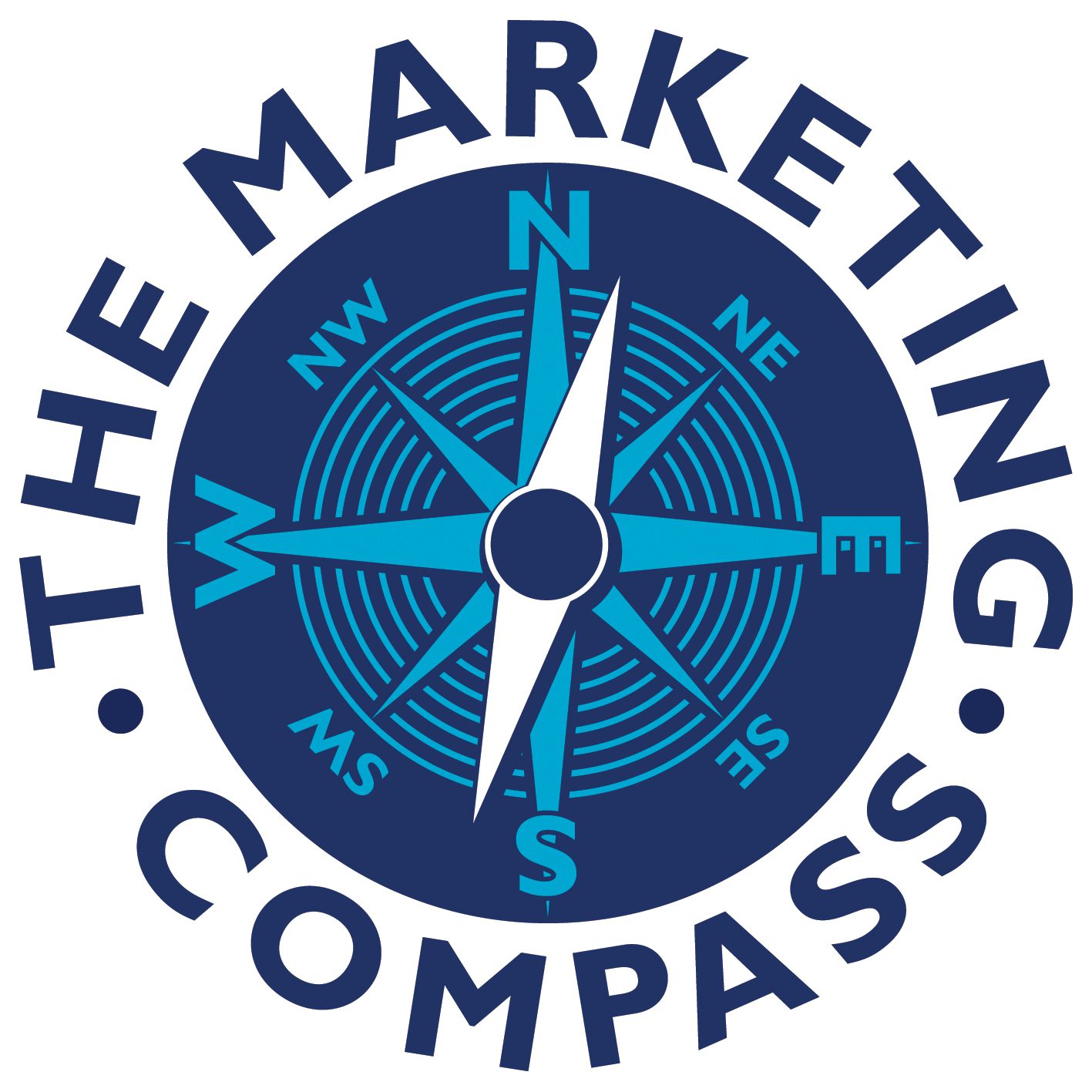Email writing tips
Do you send out emails in order to bring in new customers?
Would you like to learn how to increase opening rates, engagement levels and results?
We all write and send emails every working day.
I am sure that you receive a considerable number of them.
Do you find the time to read the torrent of newsletters and sales emails that are aimed at your in-box?
Are your customers reading the emails that you send to them?
Organisations from the UK, Germany, the USA, the Caribbean and the Philippines have asked me to show them how to improve their email copywriting expertise. Within this articles, I will share some email writing tips, strategies and techniques with you.
Here are some of the things that I teach them during my email copywriting training courses.
Email Subject line tips
- The objective of the Subject line is to get the subscriber to open the email
- Spend more time on your email Subject lines, as they are the gateway to your emails
- Don’t just write one email Subject line: write a few, take a break and then select one of them
- Use A/B split testing more often: the software (i.e. Mailchimp) will show you which Subject lines are best
- Try using action verbs in your subject line, for example: ‘Register today’, or ‘You’ll love this’
- If the smartphones figure is significant, choose a Subject line length that can be seen on a smartphone
- Use a merge code to include the recipient’s name within the Subject line
- Use segmentation (i.e. within a Mailchimp Audience) to target your emails
- Be specific about your newsletter content, within your Subject line
- Create a sense of urgency i.e. by including a date
- Any offer beats no offer (even for B2B marketing)
- If you use Mailchimp, always write some text in the Preview field
Email bodycopy writing tips
- Spend more time thinking about your email headline / the first sentence
- Write short words, short sentences and short paragraphs
- My top tip is to write shorter sentences 🙂
- In newsletters, use subheads to break up your copy
- Read your draft copy out loud: how does it sound?
- When you read it out loud, where do you stumble?
- Avoid jargon and acronyms. If you must use them define them.
- Tell stories in your emails, as everyone likes a good story
Keep it personal
- Email originated as a 1:1 communication tool
- Emails that get read are personal by nature
- Use the words ‘I’ and ‘you’ more frequently
Calls to action
- If you are writing a sales email, include a CTA (Call to Action).
- Provide at least two ways to contact you, for example: ‘You can either reply to this email or call me on 1234 56789’
Email design tips
- Use a large font in order to make your copy easy to read on a smartphone
- Decide whether your email is meant to look like a 1:1 email or a newsletter / advertisement
- Create single column newsletters, as smartphones get confused by multi-column layouts
- 1:1 emails need to be personal; they should show that you have thought about the recipient and their situation
Long or short email bodycopy?
- If someone is in the market to buy, they’ll read long body copy i.e. a detailed description of your product or service
- However, in the vast majority of cases, when the recipient receives your email, they’re probably not ready to buy
- On this basis, introductory emails should be brief and to the point
- Once you have established interest, i.e. through an opt-in subscription process, it is OK to send long emails
Business owner?
If you are a business owner and would like to learn about marketing, I share some of my best ideas here. My marketing strategy and copywriting ideas newsletter can be found towards the foot of this page.
In-house email copywriting training
I have delivered email copywriting training for over 20 years. I am a Mailchimp trainer and I have written over three million words of copy. To find out more or to request a quote, by all means get in touch with me.
I hope that you have enjoyed these email writing tips.
